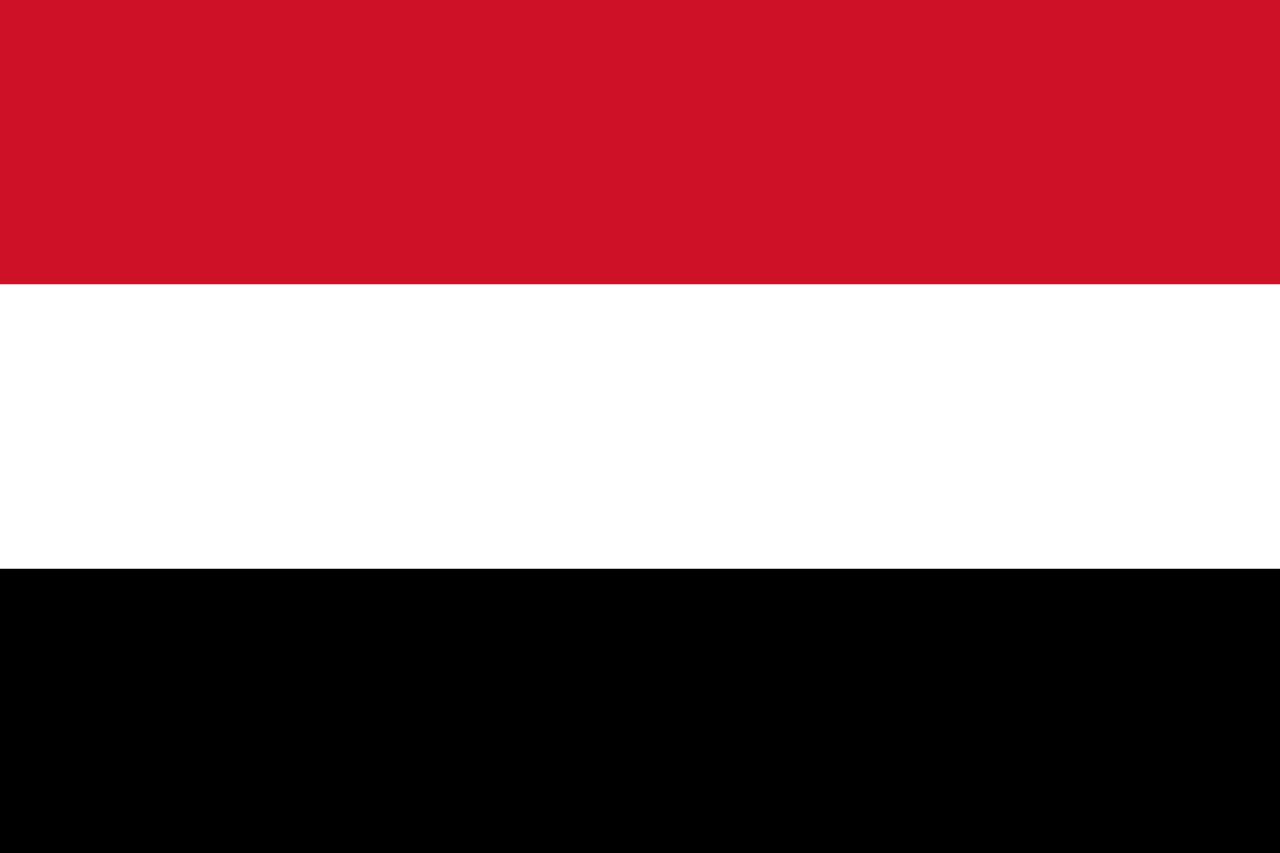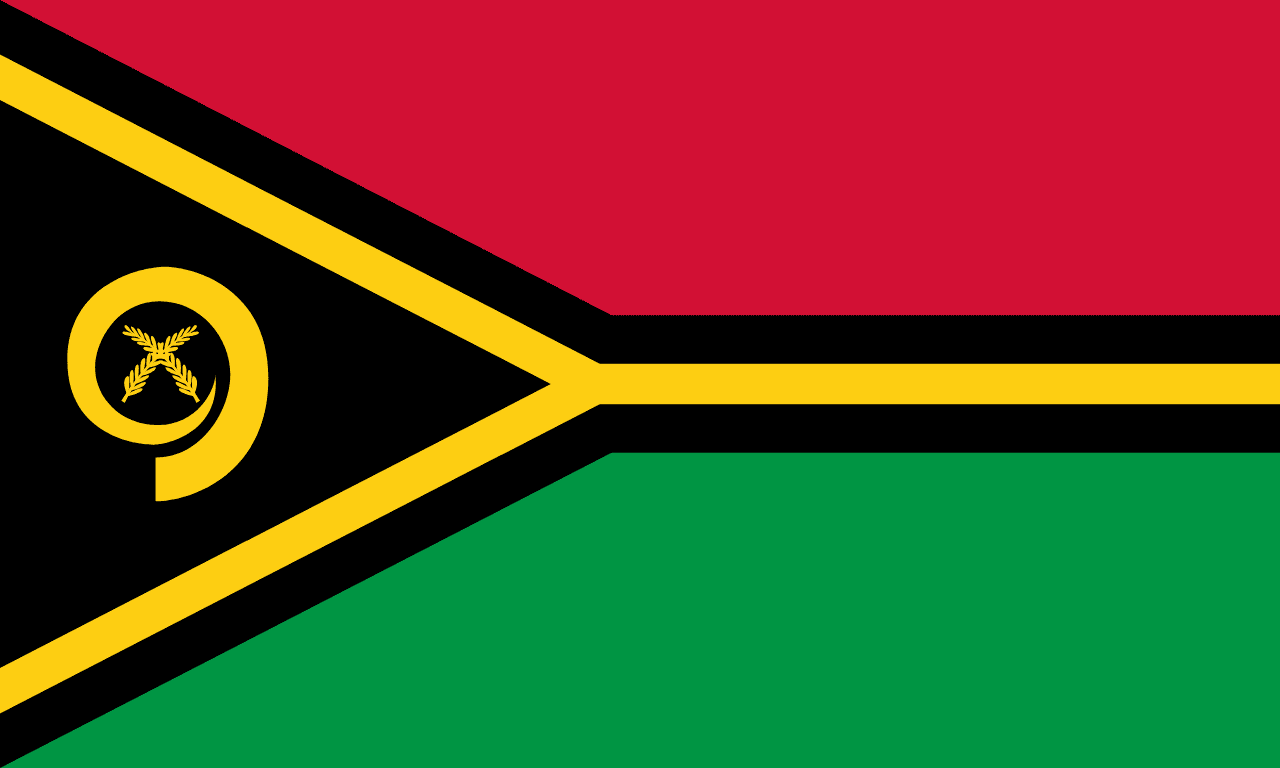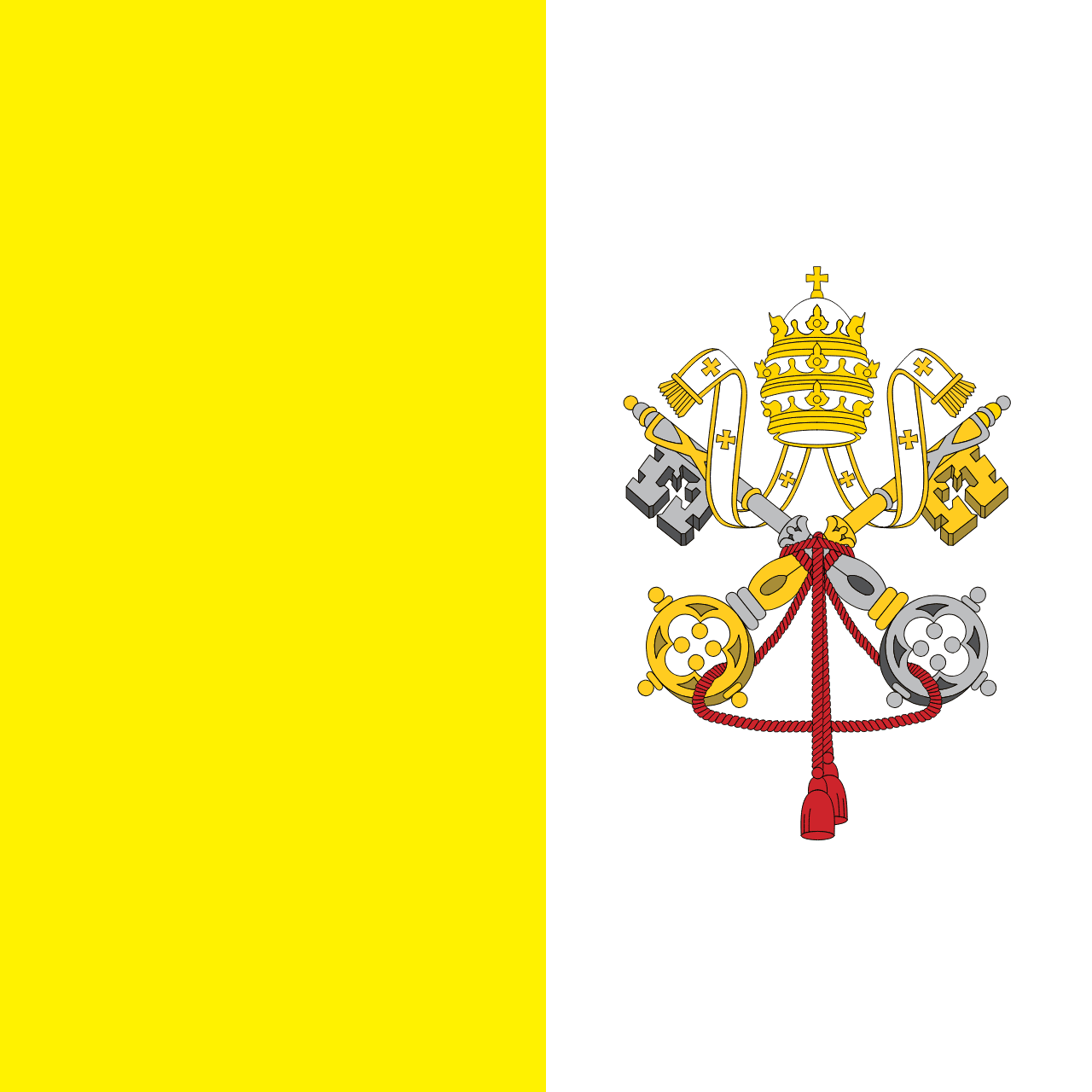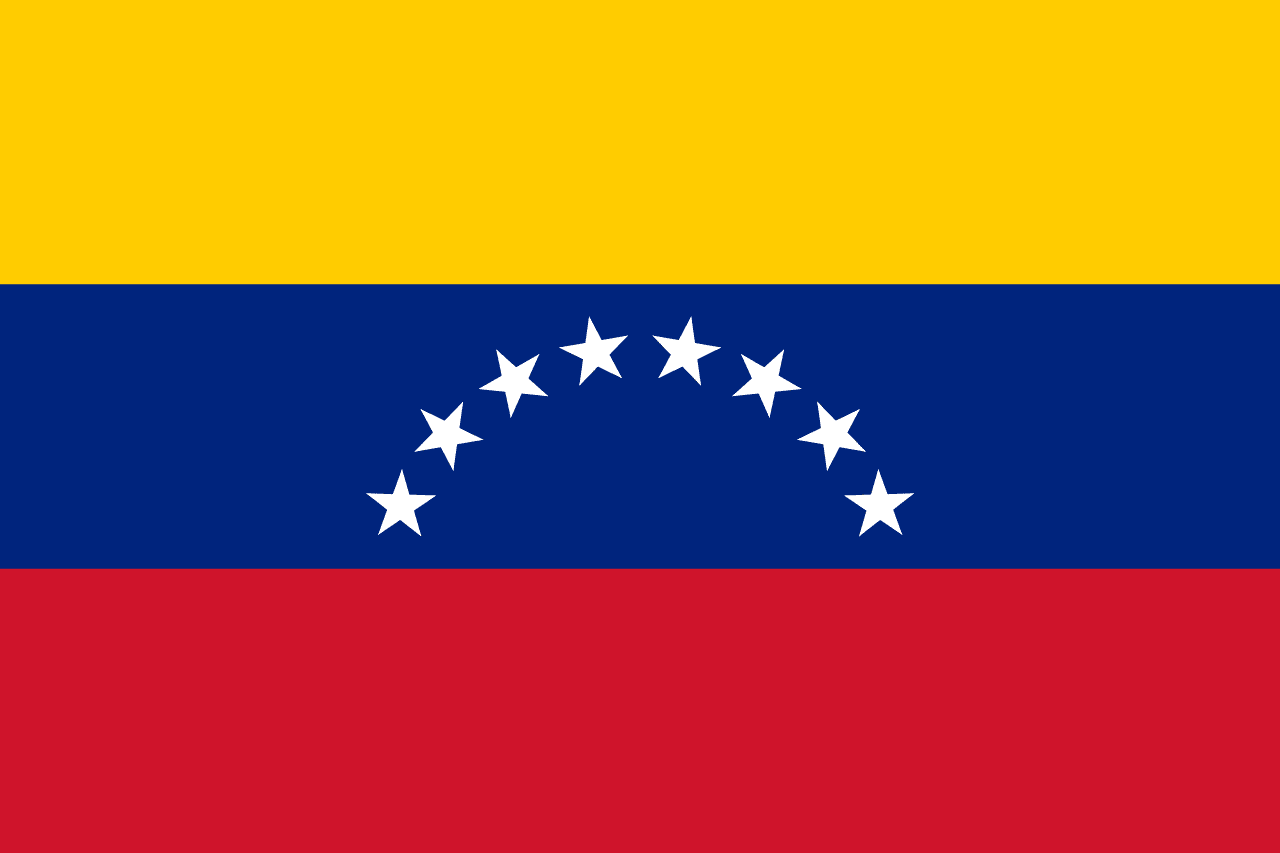The flag of Vietnam, known as "Cờ đỏ sao vàng" (Red Flag with Yellow Star), is a striking and symbolic representation of the nation. It features a vibrant red field with a large yellow five-pointed star prominently displayed in the center. This simple yet powerful design encapsulates Vietnam's revolutionary history and its people's aspirations for unity and progress.
Vietnam information
| National Flag Day | — |
| Sovereign state | Yes |
| Official name | Socialist Republic of Vietnam |
| Capital | Hanoi |
| Population | 98,168,833 |
| Area | 331,212 km² |
| Currency | Vietnamese dong (VND) |
| Language | Vietnamese |
| Continent | Asia |
| Region | Southeast Asia |
| Subregion | — |
| Borders | China, Laos, Cambodia |
| Timezone | Indochina Time (ICT) UTC+7 |
| Calling code | +84 |
| Top-level domain | .vn |
History of the Vietnamese flag
 The current flag of Vietnam was officially adopted on November 30, 1955, for North Vietnam, and later became the national flag of the unified Vietnam in 1976. However, its origins date back to 1940 when it was designed by Nguyễn Hữu Tiến, a leader in the Indochinese Communist Party. The flag was first used during the Southern Uprising (Nam Kỳ Khởi Nghĩa) against French colonial rule. It gained prominence during the August Revolution of 1945 and became a symbol of Vietnamese independence and resistance throughout the subsequent conflicts, including the Vietnam War.
The current flag of Vietnam was officially adopted on November 30, 1955, for North Vietnam, and later became the national flag of the unified Vietnam in 1976. However, its origins date back to 1940 when it was designed by Nguyễn Hữu Tiến, a leader in the Indochinese Communist Party. The flag was first used during the Southern Uprising (Nam Kỳ Khởi Nghĩa) against French colonial rule. It gained prominence during the August Revolution of 1945 and became a symbol of Vietnamese independence and resistance throughout the subsequent conflicts, including the Vietnam War.
Symbolism and design of the Vietnamese flag
The elements of the Vietnamese flag carry deep symbolic meanings:
- The red background represents the bloodshed and revolutionary struggle of the Vietnamese people for independence and freedom.
- The yellow star symbolizes the unity of workers, peasants, intellectuals, youth, and soldiers under the leadership of the Communist Party.
- The five points of the star are said to represent the main social classes in Vietnamese society: workers, peasants, soldiers, intellectuals, and businesspeople.
- The color yellow (gold) is traditionally associated with the skin color of the Vietnamese people, emphasizing national identity.
Usage and significance of the Vietnamese flag
 The Vietnamese flag is a powerful symbol of national identity and pride. It is prominently displayed during national holidays, such as Independence Day on September 2nd, and at government buildings, schools, and public spaces. The flag plays a crucial role in official ceremonies, political events, and international forums where Vietnam is represented. It's also an important element in Vietnamese cultural celebrations both within the country and among Vietnamese communities worldwide.
The Vietnamese flag is a powerful symbol of national identity and pride. It is prominently displayed during national holidays, such as Independence Day on September 2nd, and at government buildings, schools, and public spaces. The flag plays a crucial role in official ceremonies, political events, and international forums where Vietnam is represented. It's also an important element in Vietnamese cultural celebrations both within the country and among Vietnamese communities worldwide.
Interesting facts about the Vietnamese flag
- Vietnam is renowned for its rich history, diverse cultural heritage, and stunning landscapes, including the iconic Ha Long Bay and the Mekong Delta.
- The flag's design not only reflects the country's struggle for independence but also its commitment to socialism and national unity.
- The Vietnamese flag is one of the few communist-inspired flags still in use today, alongside China, Laos, and Cuba.
- The precise shade of red used in the flag is not officially specified, leading to slight variations in different productions of the flag.
- During the Vietnam War, this flag represented North Vietnam, while South Vietnam used a yellow flag with three red stripes.
- The star on the Vietnamese flag is precisely defined: its center is located at the intersection of lines drawn from the upper left corner to the lower right corner and from the upper right corner to the lower left corner of the flag.
- The flag is sometimes referred to as "The Red Flag" by Vietnamese people, emphasizing its dominant color and revolutionary symbolism.
- In Vietnamese culture, the combination of red and yellow is considered auspicious, representing good fortune and prosperity.





